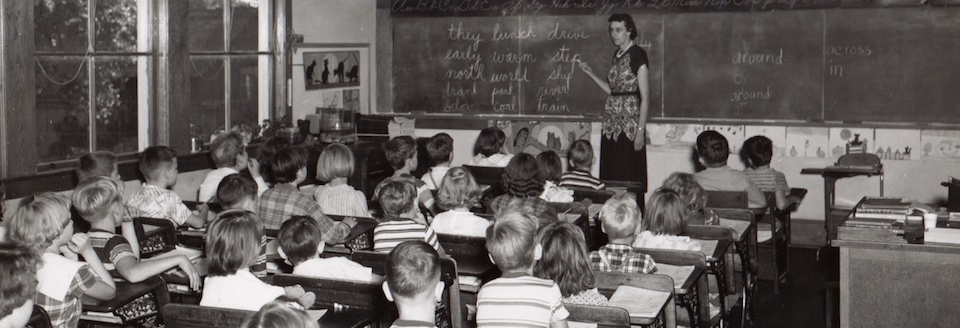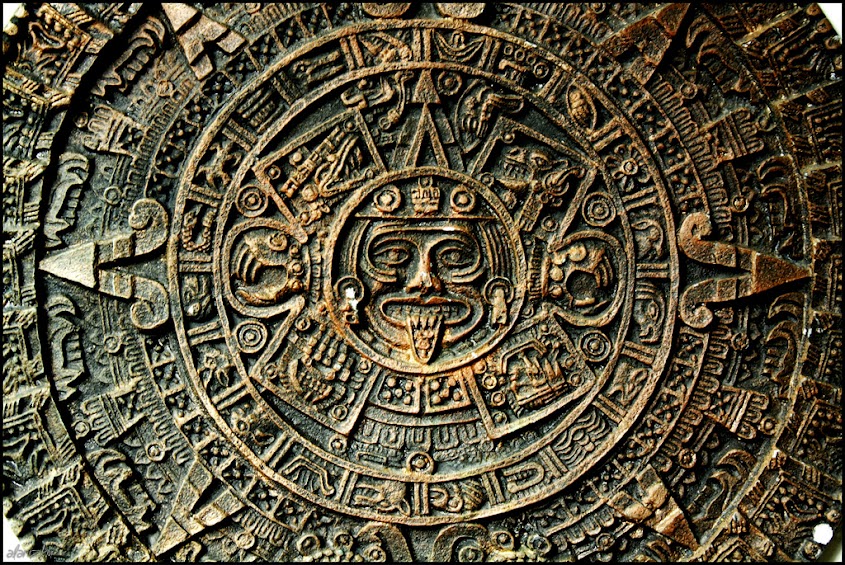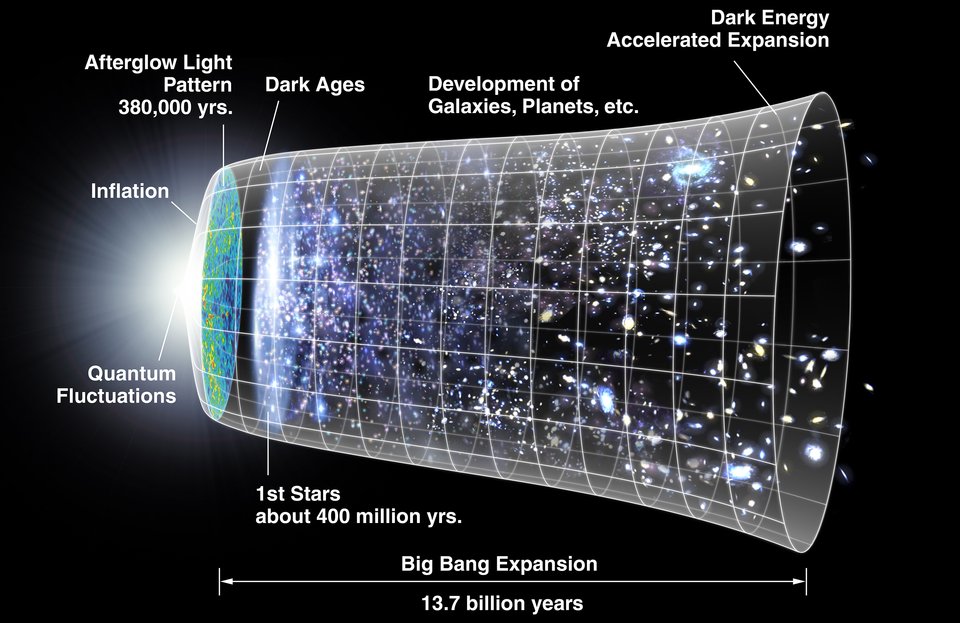Programmable Consciousness
The most common assessment of human consciousness among scientists is that it has spawned from the unique complexity of the human mind. That within our DNA lays a design for a being capable of dreams, hopes, and fears. Yes, these seemingly intangible qualities are thought to be simply manifestations of a complex physical structure. It is ironic that the concept of consciousness being the product of complex bio-chemistry is hard for that same consciousness to accept. That mechanical processes, quantum effects, chemical interactions and biological machines can generate such a seemingly unique, self-aware, and sentient being.
But if it is only a matter of complexity then it could be replicated. Imagine a computer program code generating a virtual reality. The video games and computer programs we have today are not nearly complex enough but with enough man hours and enough time we could theoretically generate a world as complex as ours. After all, many scientists are finding that our world has characteristics of a computer code. The question then is...if this world has equally complex features and equally complex people within it, will this then incite consciousness? (and will they then create another equally complex reality!?) Will these people within this program have our same thoughts and dreams? This question is very crucial because if the answer is in fact yes; then what would prevent us from living in a similar program. Who is to say that we too are not apart of a program and an eventual product of complex code? Matter seems to scream intangibility, quarks could be our pixels and mathematics shows us a set of absolute rules, all characteristics suggesting a programmable reality. But would it even matter if we were? Why does this idea so shake the souls of men? Without a doubt it is the ego of mankind that causes their discomfort. Their belief in a higher power that causes them to stumble over an equally high calling. But as for me, if the world is a product of code. It is quite a beautiful code....
-By: Brett Vollert
-By: Brett Vollert






















































0 comments: